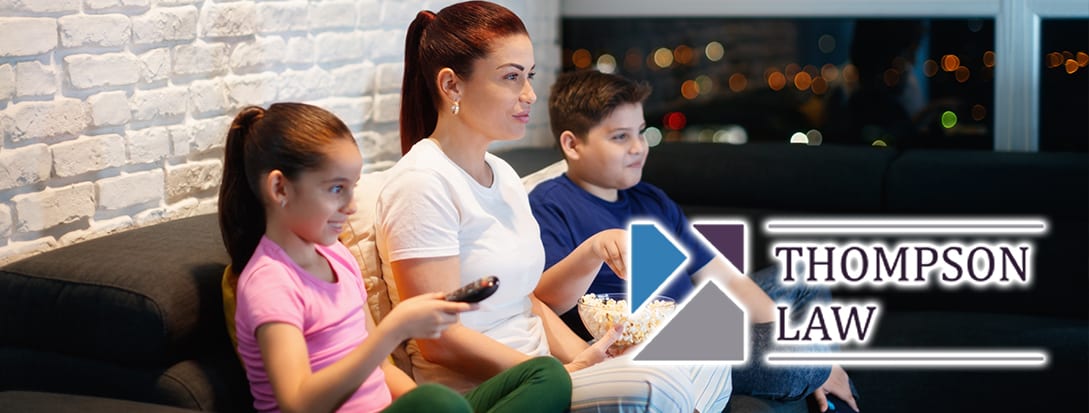
Divorce is a confusing time fraught with uncertainty and upheaval. Sadly, it can be especially difficult when children are involved. In order to make it easier on them, divorced parents must collaborate in order to make the visitation process positive. Show a united front for the children so that they will feel confident and comfortable during this difficult time. Just like air travel, when turbulence happens in flight, we look to the pilot and flight attendants for reassurance. Here are some thoughts and ideas to ensure that your visits are pleasant for everyone.
Stay positive.
Be upbeat when discussing the upcoming visit. Don’t allow your differences with your former spouse overshadow your plans. Knowing a bit about some activities the children will be doing with the other parent is also helpful in smoothing the transition so you can talk about them together beforehand.
Be present.
Being on time and being “there” with your children and in the moment reinforces the fact that you value these visits. Children need to feel that they are important to you, so focus on them when you are together. During the visit, you need to show them that they are your priority. Spend some quality time playing a game or riding bikes together. Remember that your emails and text messages can wait. The goal during this time is to be fully present to compensate for any time they are away from you.
No arguing.
Arguing in front of the children is very upsetting to them, especially at drop off/pickup time. Visitation is a time to focus on the children so it is necessary for both parents to do whatever is required to make the drop off/pick up transition as pleasant as possible. If necessary, try to think of your relationship with your former spouse now as a business colleague. Be neutral, listen, show restraint, and be respectful. Set up meetings to discuss issues with your former spouse or, if necessary, save your adult conversations for sessions with a mediator. Also consider using an application like My Family Wizard or Talking Parents to schedule and coordinate visitation to make the process smoother and less stressful for you…and the children.
Encourage comfort items.
Have the children bring familiar items from home. Try to keep bedtime routines the same. This will help with the transition between houses. Having them bring a beloved stuffed animal, a special blanket, or a favorite book can be soothing to them while they are away. For older children, keeping a journal might be helpful. Help younger children remember to pack their favorite objects again when they get ready to go home.
Missing the other parent is ok.
Make sure the child knows that it’s okay to miss the other parent. It may help to have the child draw a picture for the absent parent. Draw for your child if they are too young to write. Be sure to bring and deliver the artwork at the end of the visit. Likewise, children should feel comfortable calling the other parent to say goodnight or if something unusual happens (e.g., bee sting, lost tooth, etc.). It is important for you to show them that it’s okay to want to communicate with the other parent. In this way you will be demonstrating your effort in fostering a positive relationship between parent and child, and your willingness to do what is best for your children.
In closing
Review these pointers with your former spouse and take action. Divorce can be a very difficult time for everyone involved, but when you work together as a team to co-parent, the children will benefit greatly. In fact, children can blossom to be very well-adjusted, happy children as long as they are able to maintain strong relationships with both parents.
Clearly, it is essential to make this a collaborative effort in order to make these visits more pleasant and meaningful for everyone, especially the children.
